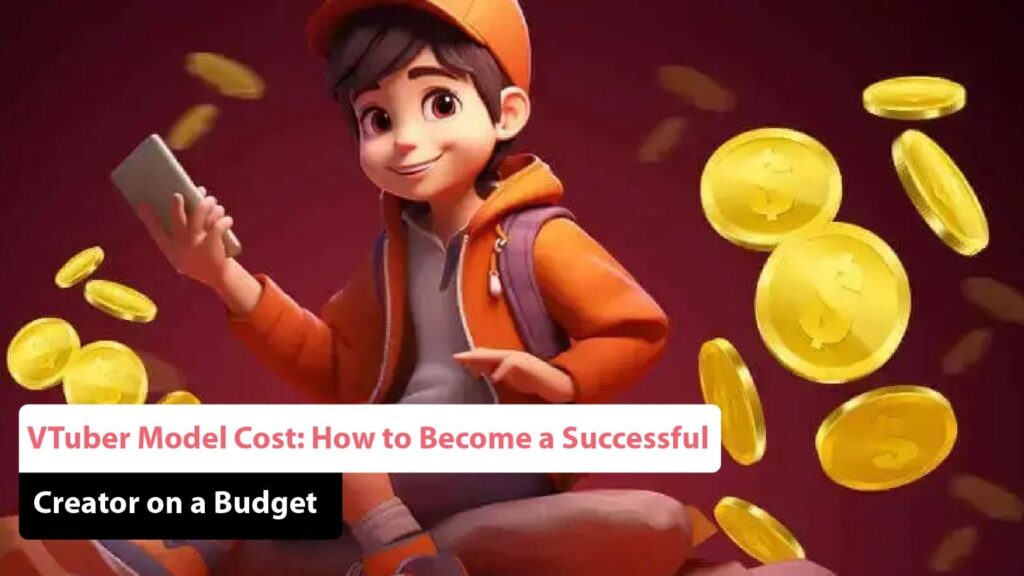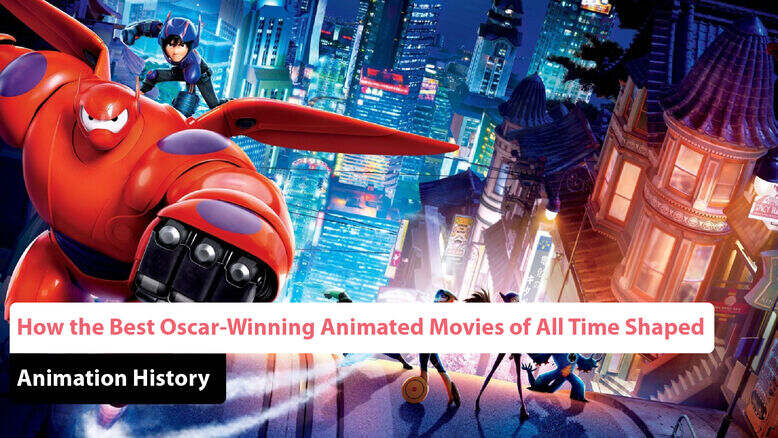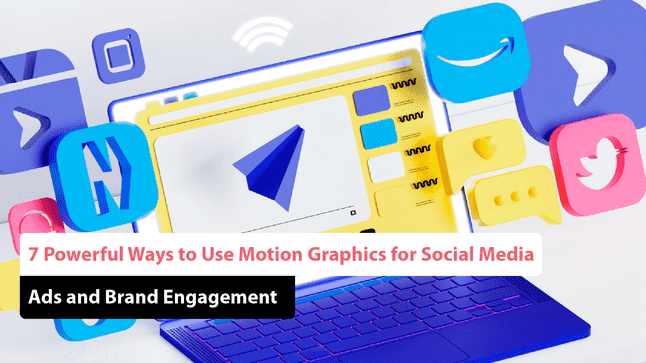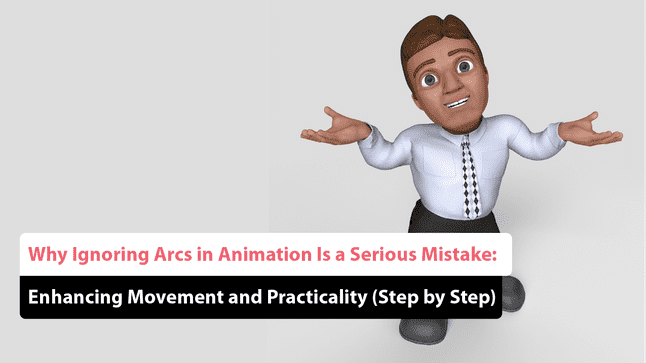VTuber Model Cost: How to Become a Successful Creator on a Budget
Hold up! The first question that’s likely on your mind is, “What’s the price tag of creating an awesome VTuber model? When it comes to art, we know value is subjective beauty is in the eye of the beholder. However, VTubers carry undeniable commercial worth. Creating a top-notch model isn’t a quick job it requires time, dedication, and a lot of skill. Rushing an artist through the process? Just won’t cut it. In reality, creating your VTuber persona can be an intensive process. Artists often need multiple adjustments to get every detail right, so you feel confident and ready to stream as your virtual self. Each aspect, from facial expressions to movement fluidity, demands precision and care. But here’s the real question is there a budget-friendly way to achieve this? And what will the investment look like? In this guide, we’ll break down the costs involved in making a VTuber model, so you can set the right expectations and plan for your next big creation. We’ll cover everything from basic models to fully-rigged avatars, giving you the insights you need to make the best choice for your vision and budget. VTuber Model Cost: A Complete and Detailed Guide for Beginners Before we dive in, it’s good to know that VTuber models come in various rigging styles, each with its pricing range. Not sure about the different types of VTuber models? No worries we’ve got you covered. I’ll break down the costs for each model type so you’ll know exactly what to expect. This way, you can make a quick and informed decision. Understanding the options available will empower you to select the model that aligns with your goals and creative vision. Whether you’re aiming for a simple design or a highly detailed character, we’ll help you navigate the costs effectively. Let’s get started! By the end of this guide, you’ll have a clear picture of what to invest in, ensuring you create a VTuber presence that truly stands out. Why become a PNGTuber? Becoming a PNGTuber offers several advantages. First and foremost, it grants you the freedom to express your creativity while streaming. Additionally, you can maintain your privacy since there’s no requirement to show your face, eliminating the need for a webcam. This makes PNGTubing an appealing option for those who experience camera anxiety. Moreover, you can experiment with various animated avatars, adding a unique flair to your content. The PNGTuber community is also supportive and welcoming, allowing you to connect with like-minded creators. With the growing popularity of virtual personas, you can stand out and engage your audience in fresh and innovative ways. this is an exciting opportunity to showcase your personality without the pressure of traditional streaming. Pros and Cons of PNGTuber: Becoming a PNGTuber is a viable and exciting option for content creators looking to explore their virtual personas. While it has its merits, it’s essential to recognize that it may not be the best fit for everyone. Many creators opt for custom 2D or 3D VTubers for valid reasons. In this section, we’ll explore the pros and cons of being a PNGTuber to help you make an informed decision. Pros Cons PNG models are easily accessible. They may not be as visually appealing as custom 2D or 3D models, which could deter a mature audience. They offer an affordable option for creators on a budget. PNGTuber setups may not suit experienced creators with larger audiences. Getting started with PNG models is straightforward. The animation possibilities are limited, leading to a more static experience rather than an immersive one. PNGTuber setups require minimal technical skills. The lack of advanced features may limit engagement opportunities. You can quickly create content without extensive preparation. Some viewers may prefer the dynamic nature of animated VTubers. PNGTuber avatars can still be personalized to reflect your unique style. There may be less recognition and branding potential compared to more elaborate models. They provide a fun way to engage with audiences while maintaining privacy. PNGTubers may struggle to capture attention in a competitive streaming landscape. What is the cost of a PNG Avatar? The cost of PNG avatars can vary significantly based on your specific needs. Simple icons tend to be on the more affordable side, while full-body sketches will come at a higher price. For instance, flat sketches typically start around $40, while shaded characters may be priced at $60. Keep in mind that these figures are just a baseline. If you’re looking for custom PNGs or additional images to depict facial expressions and movements, you should be prepared for a higher budget. Investing in quality avatars can create your content and engage your audience more effectively. Take the time to explore your options and find the perfect PNG avatar that aligns with your unique style and brand. Should I Get a 2D VTuber Avatar for My Streaming Experience or Is It Worth the Investment? The choice ultimately depends on several factors, with the budget being the most significant. It’s crucial to make this decision based on your current financial situation. For newcomers to VTubing, 2D VTuber models serve as an excellent starting point. These models are visually appealing and can possess unique characteristics. Furthermore, using 2D VTuber avatars allows you to develop characters that connect with your favorite anime icons, making it likely that you’ll attract anime fans who have a special fondness for 2D VTuber personalities. Now, let’s discuss convenience. 2D VTuber models are ideal for engaging audiences while streaming on a budget. Unlike 3D VTubing, which typically requires motion-tracking equipment, you can get started with 2D VTubing without such gear. This significantly simplifies the content creation process compared to the often labor-intensive task of live-rendering 3D characters. Moreover, 2D VTuber models allow for quick adjustments and iterations, enabling you to refine your character easily as your streaming style evolves. This flexibility can lead to a more personalized experience, ultimately enhancing viewer engagement. With their vibrant aesthetics, 2D avatars can make your content stand out in a crowded





